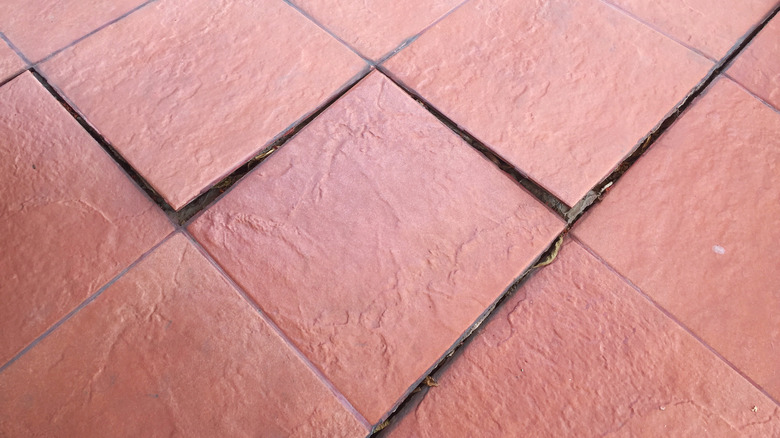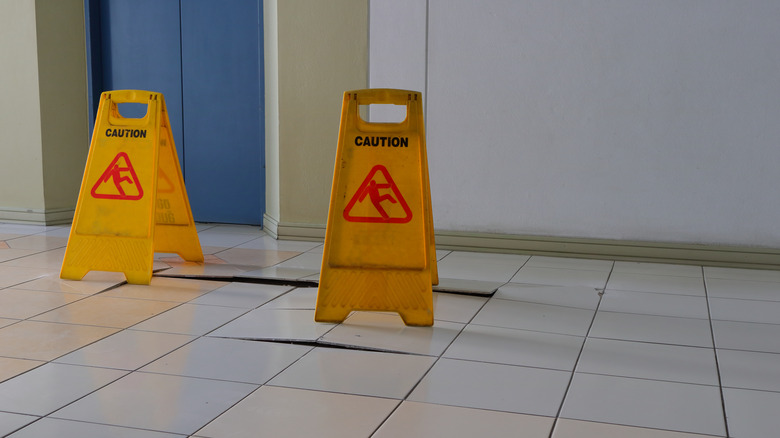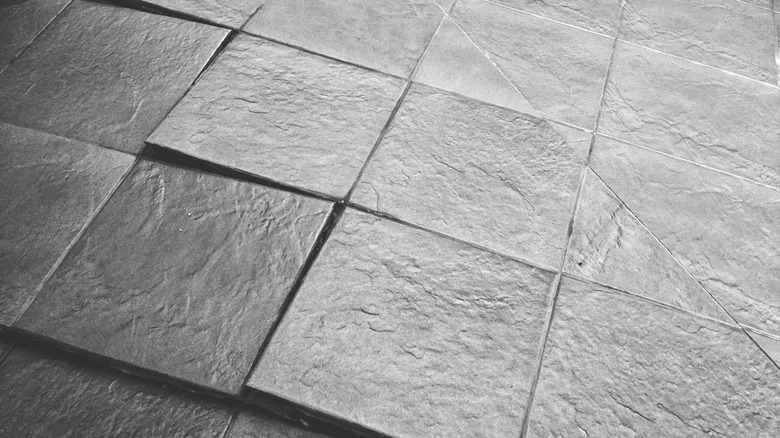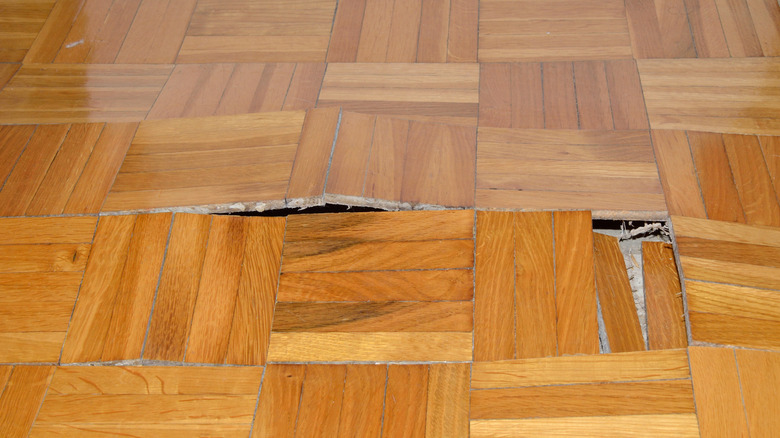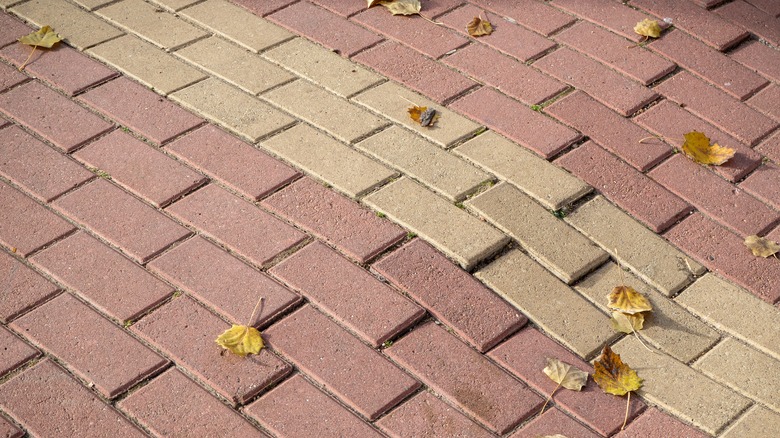What It Could Mean If Your Floors Are Uneven
Uneven flooring simply refers to the sloping or sagging of the floor of an apartment or home. If you have ever walked into a house and suddenly felt like you are walking downhill, chances are the floor is uneven. However, you should know that this particular situation is not isolated, and it is quite common, especially in older homes (per HomeAdvisor). While some people cannot stand uneven floors, others are perfectly fine with it. However, it is worth mentioning that there is more to it than meets the eye. Uneven floors can be a sign of possible structural damage that could be mild or severe.
So what do you do when you experience uneven floors in your home? Also, should you skip the purchase of an older historic home just because of uneven flooring? If you are seeking answers to these questions, then this post is for you. We will delve deep into the causes of uneven floors and the possible solutions. In addition, we will also let you know why a home with uneven floors should not necessarily be a deal-breaker.
Moisture problem and a possible remedy
According to Rocket Mortgage, too much water could be the cause of your buckling floor. The water could be from a leaking pipe or from the ground seeping through the foundation, causing damage along the way. When water seeps through, it is likely to cause the subflooring and wooden beams that support the entire structure of the house to warp. What's more, water can compromise the foundation of a house with poor drainage. During the different seasons of the year, existing water freezes and melts due to temperature differences, causing the foundation to shift and eventually crack.
If excess water is the major cause of uneven floors, you will first have to identify the source of the excess moisture. If it is a leaky pipe, this can easily be fixed by calling a plumber. Bear in mind that the extent of water damage will determine whether you will need a new floor or not. On the other hand, if the water is seeping through the foundation because of poor drainage, then you have a bigger problem to fix. Call in a professional to assess the level of damage and also determine whether it is the drainage that needs to be addressed or the foundation (via Bay Crawlspace and Foundation Repair).
Soil movement and how to fix
Soil movement could be another likely cause of uneven floors. The different seasons cause the soil to expand and contract, which initiates slow movements over time. Since this is the case, it is possible that the ground will also move your foundation, destabilizing the whole structure. Professional builders are aware of this phenomenon and compact the soil well before laying the house's foundation. While loose soil is the major contributor to ground movement, you should also be wary of poor drainage around your home (via Rocket Mortgage).
Bay Crawlspace and Foundation Repair mentions that the solution to this problem begins by seeking a professional opinion about the extent of damage beforehand. Ground movement problems originating from excess water in the soil can be fixed by adding spouts at strategic locations to drain water far from the foundation. Another option you can explore is incorporating a slanting swale or giving your foundation a proper slope of up to 5 degrees. This should ensure excess water drains away from the foundation.
Foundation and structural problems and a possible fix
Foundation and structural problems in your home are also possible reasons for uneven floors. While damage can occur because of the aforementioned causes, foundations built under poor workmanship could easily buckle under the pressure of the entire building, causing the floor to slope or get bouncy. Other than the foundation problem, when the bearing walls, beams, and frame of the roof has a problem, weight distribution might be compromised, leading the floor to warp (per Rocket Mortgage). A structure is only as strong as its weakest link. Sometimes the weak link might be the foundation that eventually causes the whole structure to fail.
The first step to fixing this problem begins by doing an inspection to assess the level of damage to decide on a specific solution. Bay Crawlspace and Foundation Repair details that the two common methods used to fix foundation problems include foundation piering and floor jacks. Floor jacks involve filling grout below the foundation through a specific hole. This will, in turn, raise the foundation back to its original position. On the other hand, foundation piering involves lifting the foundation using hydraulic machines and stabilizing it when it gets to the desired position.
Should you buy a house with uneven floors?
Before spending your hard-earned money on an old home with uneven floors, here are some things that you need to do beforehand, according to Mashvisor. Begin by getting an inspection done by a professional. The major perk of having the house inspected is that you will get to know the extent of the damage. Other than that, a seasoned professional will also be able to pin down the exact cause of the uneven floors and also give you an idea of what it will take to repair the floor. After the inspection, you will get a detailed breakdown of the damage that your contractor will use to do an estimate for the repairs.
Something else that you will need to do is to request the homeowner to do the necessary repairs before closing. Make sure the repairs made are in accordance with the inspection report. You can even get an inspection done afterward to ensure that the repair was done up to standard. However, in the event that the homeowner is not willing to take up the repair cost, your real estate agent should be able to negotiate a good deal to make sure you don't get the shorter end of the stick.
